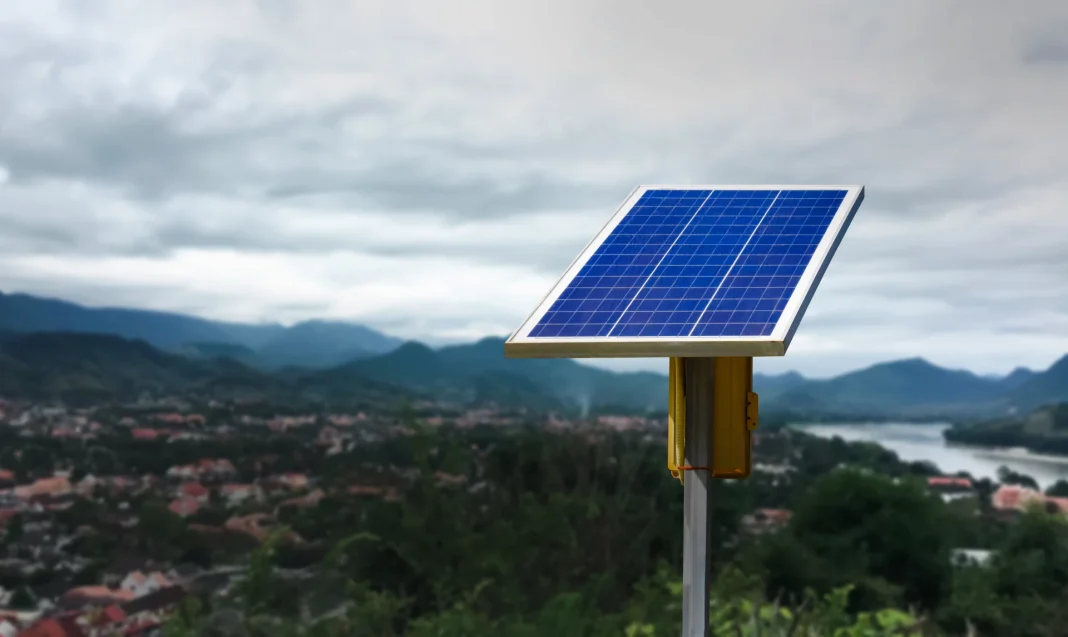In an increasingly digital world, the divide between those with internet access and those without has never been more pronounced. As we venture further into the 21st century, the ability to connect to the global network has become as essential as any utility. Yet, many remote communities remain in the dark, cut off from the digital lifeline that could drive their economic growth, education, and healthcare forward. Bridging this digital divide is not just a technical challenge; it’s a humanitarian mission, where innovative solutions are the keys to unlocking a more equitable future for all.
The Extent of the Divide
The digital divide affects billions of people, particularly in remote and rural areas. According to the United Nations, around 3.7 billion people remain offline, with the majority living in less developed regions. Without access to the internet, these communities face disadvantages in education, health care, and economic opportunity.
Pioneering Connectivity
Despite the challenges, innovators across the globe are working to connect remote communities through pioneering technologies and initiatives. Here are some of the ways they are making waves:
Low-Orbit Satellite Networks
One of the most high-profile efforts to reduce the digital divide is the development of low-orbit satellite networks. Companies like SpaceX with its Starlink project aim to provide high-speed internet access anywhere on the planet. These satellites can reach areas where laying fiber cables is impractical or too costly.
Solar-Powered Wi-Fi
In regions where electricity is unreliable, solar-powered Wi-Fi offers a sustainable solution. Projects like the Solar-Powered Internet School in South Africa utilize solar panels to power entire computer labs, providing internet access and digital learning tools to students.
Balloon-Powered Internet
Loon, a project that began with Google’s parent company Alphabet, sought to deliver internet access via high-altitude balloons. Although Loon has since shut down, the idea of using balloons to provide temporary internet coverage in disaster-stricken or remote areas continues to inspire new ventures.
White Space Technology
TV white space, the unused broadcasting frequencies between television channels, can be repurposed to deliver wireless broadband services. This technology has a long reach and can penetrate obstacles, making it ideal for rural topographies.
Community Networks
Local, community-run internet networks are being established in areas overlooked by big telecoms. These networks are often built, maintained, and managed by the communities themselves, fostering local engagement and ensuring that the services meet the community’s specific needs.
The Impact on Communities
Connecting remote communities has profound implications:
Education
With internet access, educational resources like online courses, educational apps, and remote tutoring become available, facilitating lifelong learning and literacy.
Healthcare
Telemedicine can revolutionize healthcare delivery in remote areas, providing access to diagnosis, treatment, and specialist care that would otherwise be unreachable.
Economic Development
The internet opens up new markets for local businesses and artisans, allowing them to sell their goods and services globally.
Social Inclusion
Connectivity enables social inclusion, allowing individuals to participate in the digital dialogue, access government services, and harness the wealth of global knowledge.
Conclusion: The Road Ahead
The journey to bridging the digital divide is complex and requires the collaboration of governments, corporations, and communities. It’s about investment, infrastructure, and innovation. By adopting a multifaceted approach that includes low-orbit satellites, solar-powered initiatives, white space technology, and community networks, we can begin to close the gap.
Every person connected is a victory in the fight for global digital equity. It’s not just about providing internet access; it’s about offering the tools for empowerment, opportunity, and growth. The initiatives highlighted here are just the beginning. The real success will be when every remote community is no longer remote in terms of connectivity and digital empowerment.

